Haejoon Jung
STAR-RIS-Assisted Hybrid NOMA mmWave Communication: Optimization and Performance Analysis
May 13, 2022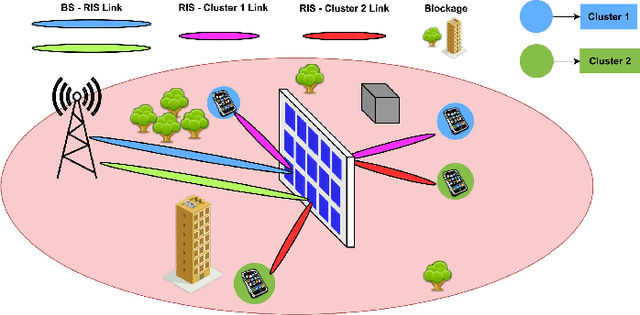
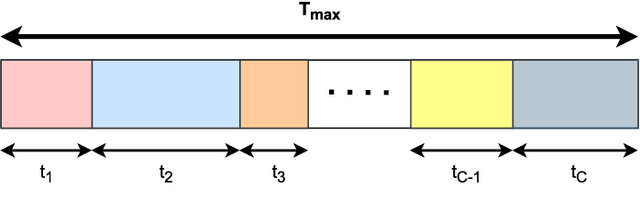
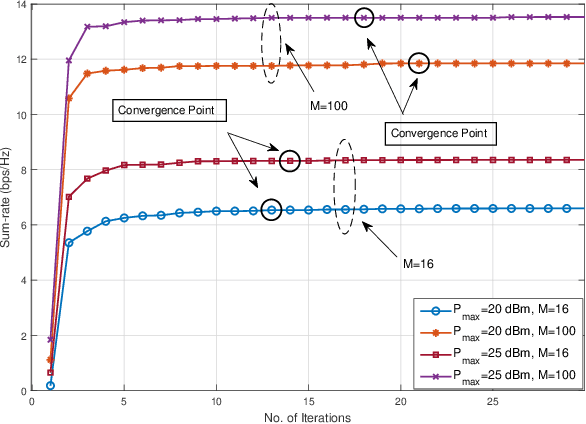
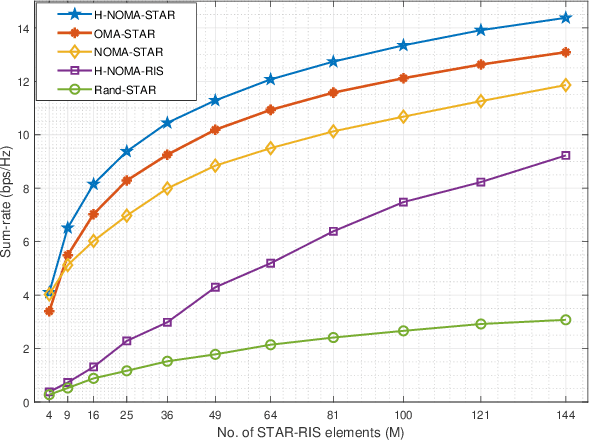
Abstract:Simultaneously reflecting and transmitting reconfigurable intelligent surfaces (STAR-RIS) has recently emerged as prominent technology that exploits the transmissive property of RIS to mitigate the half-space coverage limitation of conventional RIS operating on millimeter-wave (mmWave). In this paper, we study a downlink STAR-RIS-based multi-user multiple-input single-output (MU-MISO) mmWave hybrid non-orthogonal multiple access (H-NOMA) wireless network, where a sum-rate maximization problem has been formulated. The design of active and passive beamforming vectors, time and power allocation for H-NOMA is a highly coupled non-convex problem. To handle the problem, we propose an optimization framework based on alternating optimization (AO) that iteratively solves active and passive beamforming sub-problems. Channel correlations and channel strength-based techniques have been proposed for a specific case of two-user optimal clustering and decoding order assignment, respectively, for which analytical solutions to joint power and time allocation for H-NOMA have also been derived. Simulation results show that: 1) the proposed framework leveraging H-NOMA outperforms conventional OMA and NOMA to maximize the achievable sum-rate; 2) using the proposed framework, the supported number of clusters for the given design constraints can be increased considerably; 3) through STAR-RIS, the number of elements can be significantly reduced as compared to conventional RIS to ensure a similar quality-of-service (QoS).
Backhaul-Aware Intelligent Positioning of UAVs and Association of Terrestrial Base Stations for Fronthaul Connectivity
May 01, 2021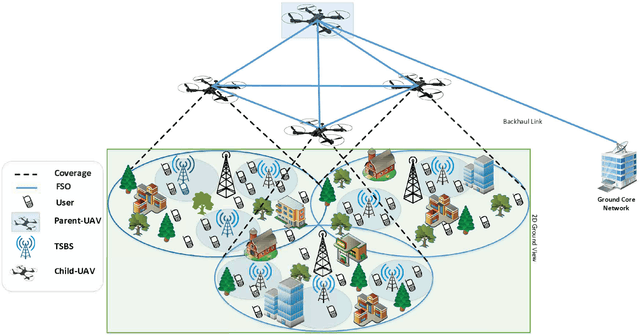
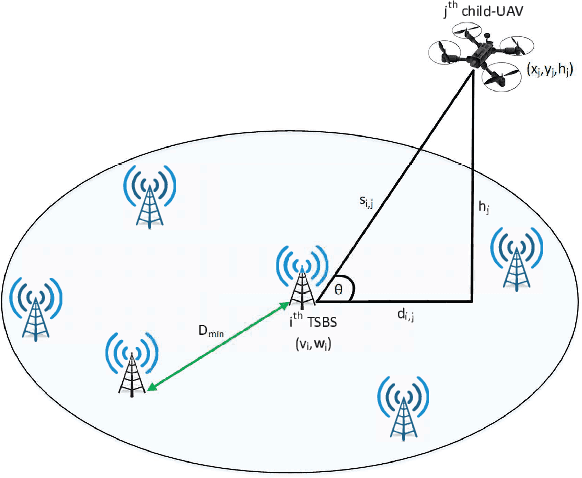
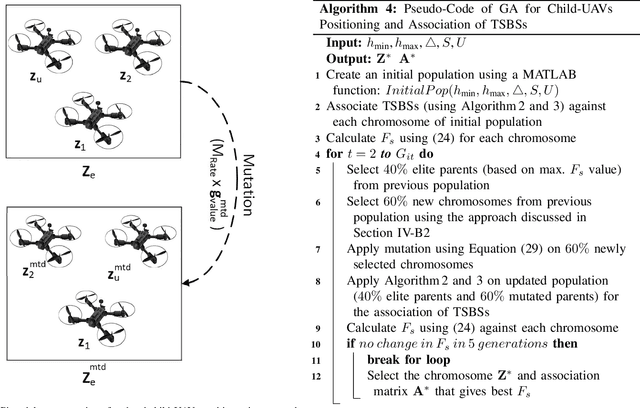
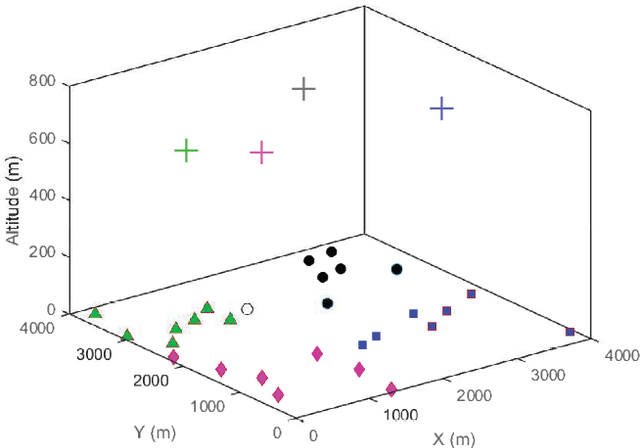
Abstract:The mushroom growth of cellular users requires novel advancements in the existing cellular infrastructure. One way to handle such a tremendous increase is to densely deploy terrestrial small-cell base stations (TSBSs) with careful management of smart backhaul/fronthaul networks. Nevertheless, terrestrial backhaul hubs significantly suffer from the dense fading environment and are difficult to install in a typical urban environment. Therefore, this paper considers the idea of replacing terrestrial backhaul network with an aerial network consisting of unmanned aerial vehicles (UAVs) to provide the fronthaul connectivity between the TSBSs and the ground core-network (GCN). To this end, we focus on the joint positioning of UAVs and the association of TSBSs such that the sum-rate of the overall system is maximized. In particular, the association problem of TSBSs with UAVs is formulated under communication-related constraints, i.e., bandwidth, number of connections to a UAV, power limit, interference threshold, UAV heights, and backhaul data rate. To meet this joint objective, we take advantage of the genetic algorithm (GA) due to the offline nature of our optimization problem. The performance of the proposed approach is evaluated using the unsupervised learning-based k-means clustering algorithm. We observe that the proposed approach is highly effective to satisfy the requirements of smart fronthaul networks.
 Add to Chrome
Add to Chrome Add to Firefox
Add to Firefox Add to Edge
Add to Edge